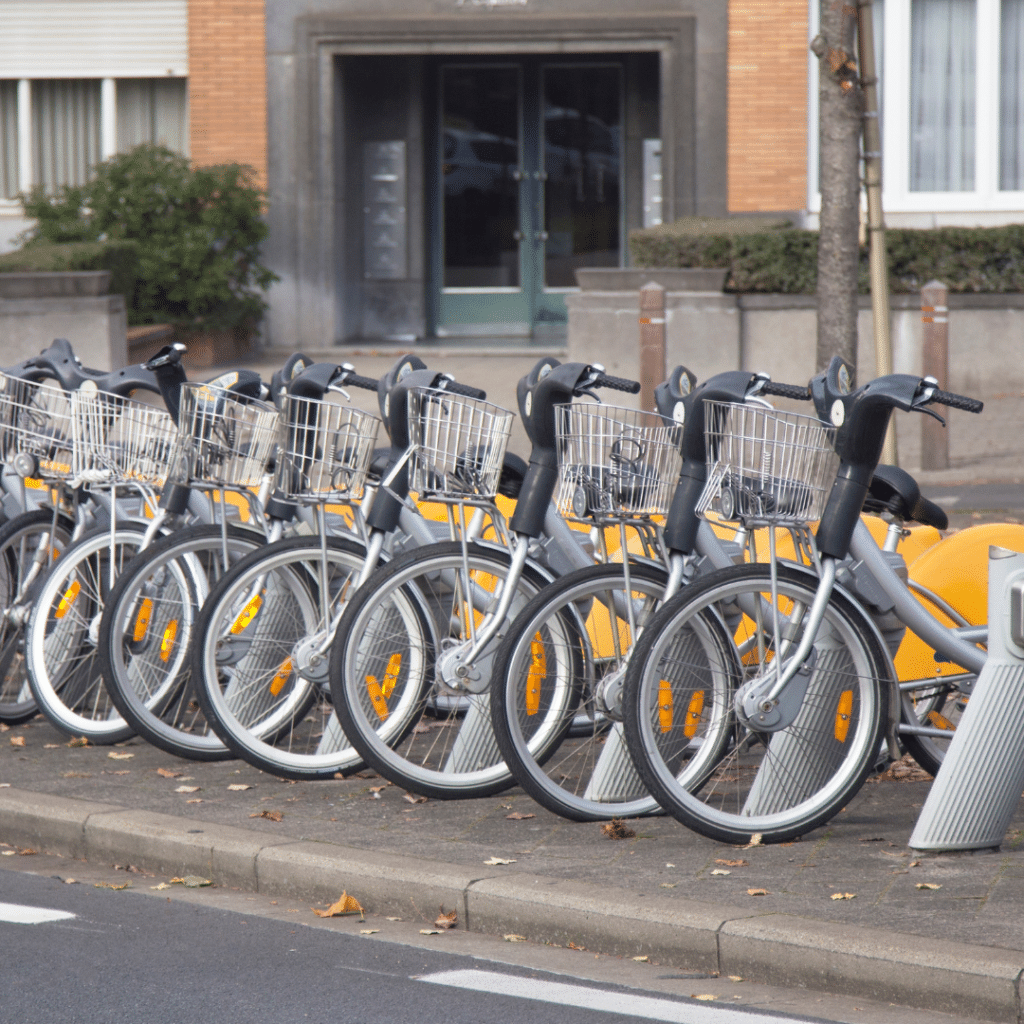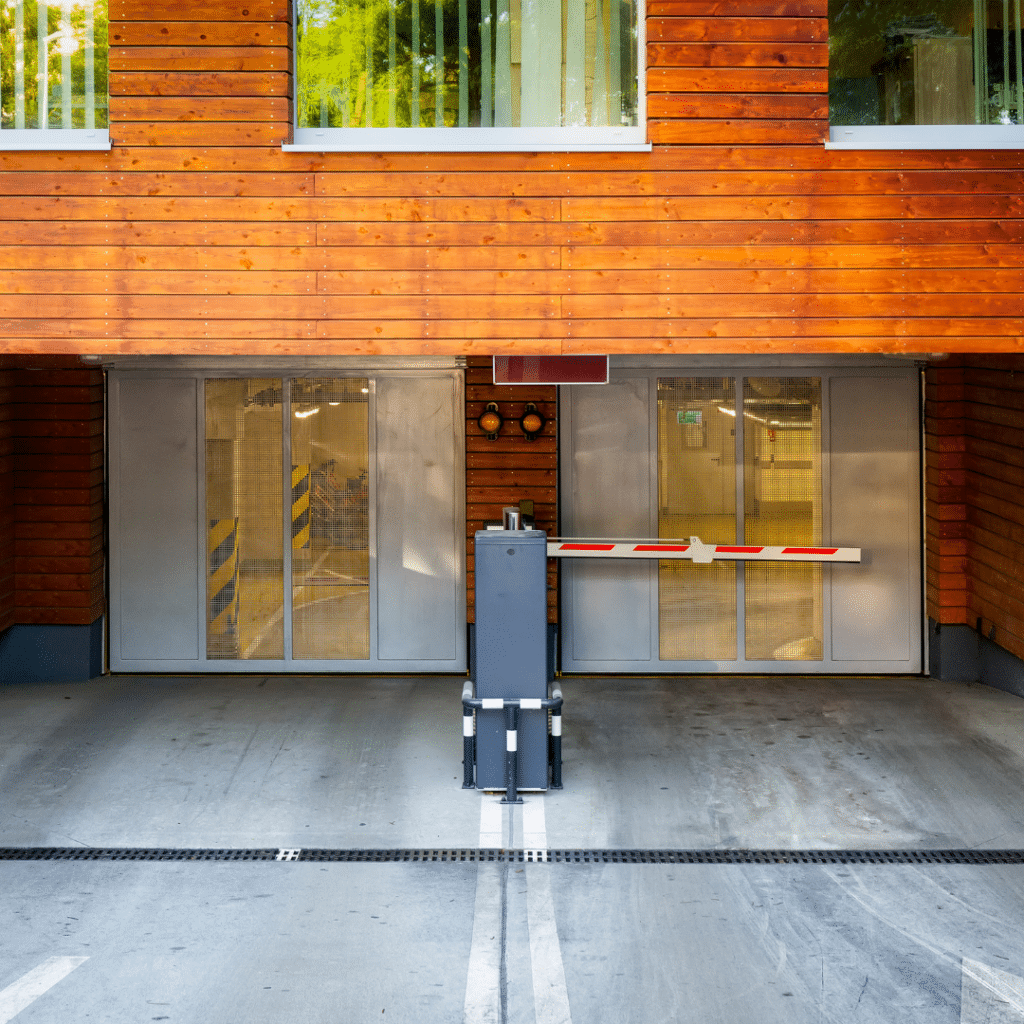Tackling the combined crises of housing affordability, inequality, and climate change in all its complexity requires structural and cultural change. An important piece of the puzzle is to modernize legacy policies that prevent Bay Area cities from building more equitable, affordable, and sustainable communities.
U.S. cities like Seattle, Berkeley, San Francisco, Sacramento, and San Jose are beginning to explore targeted zoning reforms—such as updates to municipal parking policies and calls to end exclusionary housing practices—as ways to encourage more diverse and affordable housing and sustainable and equitable transportation as well as reduce greenhouse gas emissions.
Updating local parking standards is one such opportunity for cities in the region, with recent updates in Berkeley and Sacramento signaling that the public is embracing transformative zoning updates and policies. These two cities and many around the country are striking an old policy off the books: parking minimums, an outdated one-size-fits-all policy that has led to a significant oversupply of off-street parking. By taking a more holistic approach than simply mandating the construction of parking, there is an opportunity to re-envision how we plan for and accommodate new development in any growing city. For instance, a new development near a senior center could fund better access to public transit, or development near a local school could incorporate safer bike lanes. With parking minimums, these options would be significantly less viable due to the overbearing cost of producing parking. Simply put, modern cities, in all their diversity and nuance, deserve nuanced solutions.
The Case for San Jose
As San Jose anticipates upwards of 40 percent growth in the number of residents and jobs over the next two decades, it will need to find ways to minimize the impacts of new residents, commuters, and visitors on the transportation system. While accommodating projected growth is one reason to update San Jose’s parking code, several other factors have led the City of San Jose to consider changes to its parking and related development policies.
- Senate Bill 743, which was signed into law in 2013, was one of them. This Senate Bill updates the “California Environmental Quality Act (CEQA) Guidelines to change how [public] agencies evaluate transportation impacts under CEQA, with the goal of better measuring the actual transportation-related environmental impacts of any given project”. The law spurred San Jose and other California cities to use vehicle miles traveled (VMT) as the primary metric in environmental reviews for land-use and transportation projects. As one of the first cities to comply with SB 743 by adopting its Transportation Analysis Policy, the City of San Jose was further encouraged by its City Council to develop a Downtown Transportation Plan as a means to accelerate denser development closer to transit-oriented and downtown areas.
- In 2018, the City adopted the Climate Smart San Jose Plan, and around the same time, a report presented during a study session at San Jose’s City Council about the cost of development also identified parking requirements as an important barrier to the production of more affordable housing.
- To carry these actions forward, the American Cities Climate Challenge provided San Jose with the funds and partnerships necessary to undertake a major accelerated effort to modernize its parking and transportation demand management requirements.
Greenbelt Alliance is proud to partner and support San Jose as they undergo the process of updating their parking standards for new development. The changes under consideration include the removal of parking requirements in most areas of the city as well as new transportation demand management requirements in new development.
The primary purpose of the combined changes to the City’s parking and TDM requirements is to reduce vehicle miles traveled generated by future development projects by requiring more on-site transportation amenities and improvements. These changes would provide more opportunities for a building’s tenants to get around without the use of their car, thereby reducing traffic congestion and demand for parking. The program under consideration would help to encourage more sustainable travel behavior by providing a variety of different TDM measures including:
These changes have the potential to make San Jose:
- More affordable: The provision of parking spaces requires land, building materials, and equipment which increase the price of housing construction. Based on typical housing development costs, one parking space per unit increases total development costs by about 12.5%, and two parking spaces increase costs by about 25%.The reduced development costs could make housing more affordable to residents.
- More sustainable: The proposed policy updates would help manage demand in the transportation system and promote healthier living by making sure new developments are designed to make it easier for new residents, tenants, employees, and visitors to get around by sustainable travel modes such as transit, walking, and biking. In addition, rightsizing parking allows the development community to determine how much parking is appropriate, preventing the oversupply of parking and promoting a high-quality urban environment.
- More equitable: On one hand, minimum parking requirements mean that car-free households (which are overwhelmingly concentrated in the lower income quintile; about 9% of households do not own cars in San Jose) end up paying for parking they don’t use. Furthermore, the money that cities spend to support the use of private automobiles vastly overshadows the transportation expenditures for those with the fewest resources and the greatest needs. By balancing the allocation of resources towards parking and alternative transportation, the proposed policy updates can help to create more mobility choices and free up resources for lower income households.
Other Cities Taking the Lead
San Jose is not the only city undergoing this process. In Seattle, the City reformed its policies in both 2006 and 2012. A recent article from Gabbe et. al showed that since these reforms, in the “urban centers, urban villages, and transit-oriented locations, developers built 40% less parking than would otherwise have been required. This equates to 17,886 fewer parking spaces. If we conservatively estimate that each parking space would have cost $30,000 to build, this would represent a direct cost savings of $537 million. This figure does not include the opportunity costs associated with building parking in spaces that could be used for housing.”
*Parking policy matters*
— C.J. Gabbe (@CJGabbe) January 17, 2020
After Seattle's parking reforms, developers built 40% less parking than previously required, resulting in 18,000 fewer parking spaces & saving $537 million (2012-2017).
New paper w/ @gregspierce & Clowers: https://t.co/ECeqamiguI
cc @DonaldShoup pic.twitter.com/Rc7f6nP8mU
More recently in Northern California, both Sacramento and Berkeley voted to eliminate their parking minimums.
So, what do progressive parking reforms like this mean?
— 🏳️🌈 Lori Droste (@loridroste) January 27, 2021
–We reduce greenhouse gas emissions and help save the environment.
–We reduce rent.
–We encourage alternative forms of mobility
–We help create more affordable homes for people.
Next Steps for San Jose
San Jose’s Parking Policy Reform is set to be updated by Fall 2021. The City has been fostering the community’s engagement through virtual public forums, focus groups, and upcoming engagement workshops slated for the late spring and summer. City staff is expected to discuss this topic during a City Council study session in the summer, followed by Planning Commission and ultimately City Council meetings where a final decision will be made on the policy.
In order to build support and momentum for these efforts that pull together the necessary components of a more climate-smart region, we need every hand on deck. The community voice is critical when it comes to making meaningful change. Whether it’s outdated zoning policies like parking mandates, or the fact that every city in the Bay Area will be updating the Housing Element of their General Plan in the next two years, we need your support as we advocate to make the Bay Area more resilient and inclusive to all.
You can help by getting involved. Sign up here to stay up-to-date and share what you’re excited about on social media to help spread the word!



:format(webp)/cdn.vox-cdn.com/uploads/chorus_image/image/62817394/Bart_Opt1.0.0.jpg)



